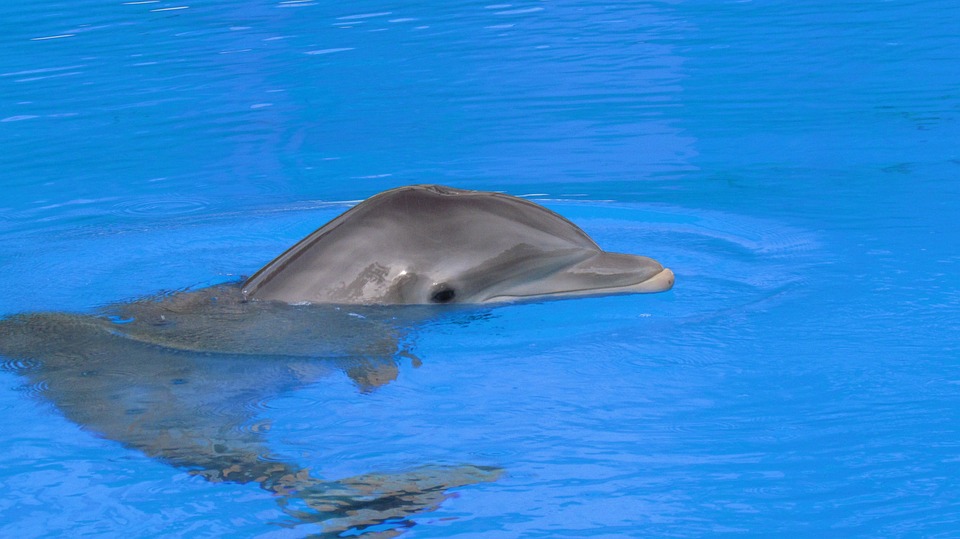Maintaining a disease-free environment in your aquarium is crucial for the health and longevity of your fish. By implementing a few simple practices, you can create a disease-resistant fish habitat that promotes optimal well-being. In this article, we will discuss five essential tips to help you create a thriving and disease-resistant aquarium.
1. Properly Cycle Your Aquarium:
Understanding the Importance of Cycling:
Aquarium cycling is the process of establishing a stable and healthy environment for your fish. It involves the growth of beneficial bacteria that help break down harmful toxins, such as ammonia and nitrite. By cycling your aquarium, you create a strong foundation for disease prevention.
Why is Cycling Important for Disease Prevention?
Cycling your aquarium helps maintain water quality and reduces the risk of diseases. The presence of beneficial bacteria helps keep ammonia and nitrite levels in check, preventing stress and illness in your fish.
2. Maintain Optimal Water Quality:
The Role of Water Quality in Disease Prevention:
Water quality plays a significant role in the overall health of your fish. Maintaining optimal water quality helps prevent stress and disease outbreaks in your aquarium.
Regular Water Testing and Monitoring:
Regularly testing your aquarium water is essential to ensure proper water parameters. Test the pH, ammonia, nitrite, and nitrate levels at least once a week to detect any imbalances and take corrective measures promptly.
Essential Water Parameters for a Disease-Resistant Habitat:
Maintain a pH level between 6.5 and 7.5 and ensure ammonia and nitrite levels are consistently at 0 ppm. Nitrate levels should be kept below 20 ppm to prevent stress and disease in your fish.
3. Quarantine New Additions:
The Importance of Quarantine:
Quarantining new fish before introducing them to your main tank is crucial to prevent the introduction of diseases into your established aquarium.
Why Quarantine New Fish?
Quarantine allows you to observe the new additions for any signs of illness before introducing them to your existing fish population. It also provides an opportunity to treat any potential diseases without affecting your main tank.
Quarantine Procedures and Duration:
Ideally, new fish should be quarantined for a minimum of two weeks. This duration allows time for any potential diseases to manifest. If you notice any signs of illness during the quarantine period, it is advisable to extend the quarantine until the fish fully recover or seek appropriate treatment.
4. Implement Proper Nutrition:
Nutrition and Fish Health:
Providing a balanced diet is essential for maintaining the overall health and disease resistance of your fish. Proper nutrition strengthens their immune system, making them less susceptible to diseases.
Providing a Balanced Diet:
Offer a variety of high-quality fish foods, including pellets, flakes, and frozen or live foods. Ensure the diet includes all the necessary nutrients, vitamins, and minerals.
Avoid Overfeeding:
Overfeeding can lead to poor water quality and increased stress levels in your fish. Feed them small amounts multiple times a day, only giving them what they can consume in a few minutes.
5. Reduce Stress Factors:
Minimizing Stress for Disease Prevention:
Stress can significantly impact fish health and make them more susceptible to diseases. By minimizing stress factors, you can enhance the overall well-being of your fish.
Provide Sufficient Hiding Places:
Creating hiding places, such as caves, plants, and decorations, gives your fish a sense of security and reduces stress levels.
Maintain Ideal Water Temperature and Lighting Conditions:
Ensure the water temperature and lighting conditions are suitable for your fish species. Sudden temperature fluctuations and improper lighting can stress fish and weaken their immune system.
Conclusion:
Creating a disease-resistant fish habitat in your aquarium is achievable by following these five essential tips. By properly cycling your aquarium, maintaining optimal water quality, quarantining new additions, implementing proper nutrition, and reducing stress factors, you can provide a healthy and thriving environment for your fish. Remember, prevention is key when it comes to fish health, and a disease-resistant habitat is the foundation for a successful and enjoyable aquarium experience.









